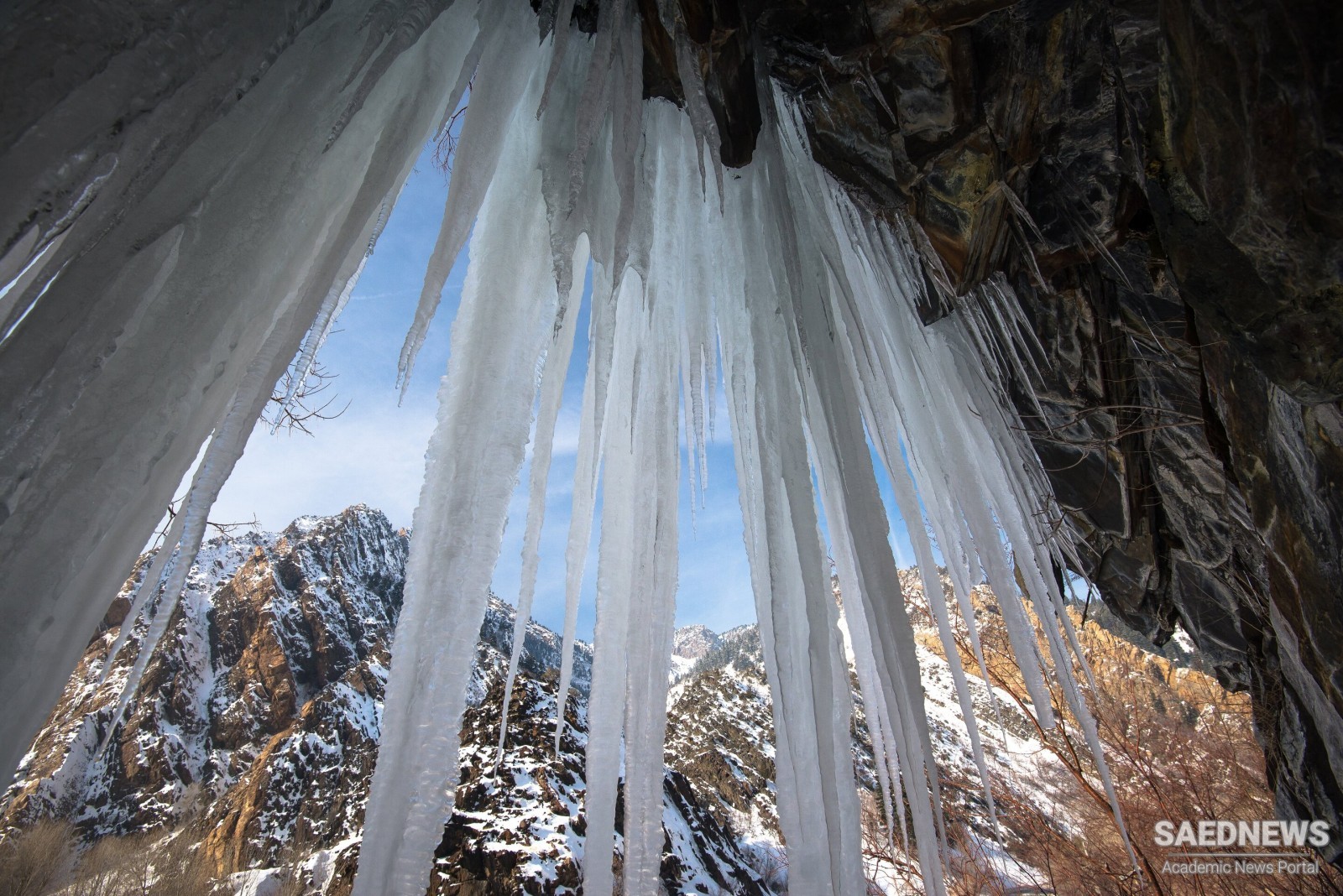Scholars have long talked about ‘Ice Ages’, each lasting between 50,000 and 100,000 years, which covered big areas of the northern hemisphere (including much of Europe, and America as far south as modern New York) with great ice sheets, sometimes a mile or more thick. They have now distinguished some seventeen to nineteen (there is argument about the exact number) such ‘glaciations’ since the onset of the fi rst, over 3 million years ago. We live in a warm period following the most recent of them, which came to an end some 10,000 years ago. Evidence of these glaciations and their effects is now available from all oceans and continents and they provide the backbone for prehistoric chronology. To the external scale which the Ice Ages provide we can relate such clues as we have to the evolution of humanity. The Ice Ages make it easy to see how climate determined life and its evolution in prehistoric times, but to emphasize their dramatic direct effects is misleading. No doubt the slow onset of the ice was decisive and often disastrous for what lay in its path. Many of us still live in landscapes shaped by its scouring and gouging thousands of centuries ago. The huge inundations which followed the retreat of the ice as it melted must also have been locally catastrophic, destroying the habitats of creatures which had adapted to the challenge of arctic conditions. Yet they also created new opportunities. After each glaciation, new species spread into the areas uncovered by the thaw. Beyond regions directly affected, though, the effects of the glaciations may have been even more important for the global story of evolution. Changes in environment followed cooling and warming thousands of miles from the ice itself; and the outcome had its own determining force. Both aridifi cation and the spread of grassland, for instance, changed the possibilities of species spreading themselves into new areas, especially if they could stand upright and move on two feet. Some of those species form part of the human evolutionary story, and all the most important stages in that evolution – so far observed – have been located in Africa, far from the ice-fields.


 What Is It Called History?
What Is It Called History?














































